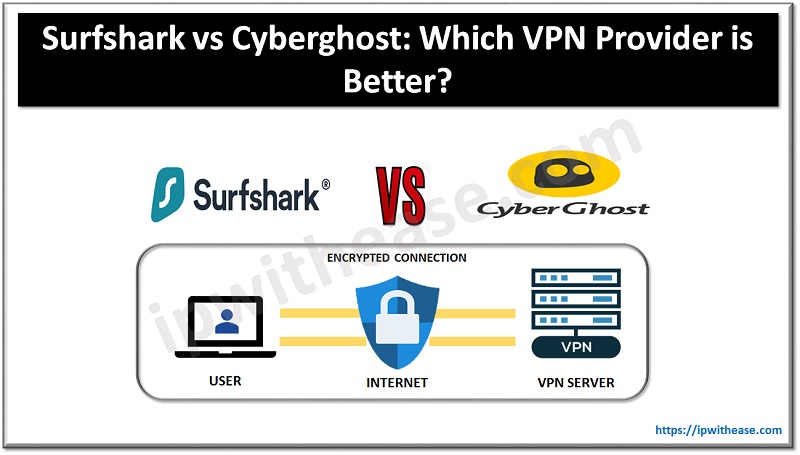If we call the security designer hired in your team to be the sharpest brain in the lot, then it won’t come as a surprise! It is the presence of a smart and proactive security designer who acts as the last line of defence when it comes to all the strategic attempts to breach the security of an enterprise. That is the reason why the duties and responsibilities of security designer is something that you cannot overlook to the slightest shred.
Introduction
A security designer is a person in the organization who is accountable for designing, building and in many cases maintaining the defence structures for an enterprise’s IT ecosystem. A good security designer is always one step ahead of the potential hacker. It is imperative for them to stay up to date with the recent security standards, authentication and systems protocols.
The job of a computer network security designer is one of the most respected and appreciated jobs in the industry. But that admiration comes at the cost of numerous responsibilities associated with the job. Here, we are going to throw some light over some of the responsibilities that are extremely critical in this line of work.
Understanding the Ground Reality
With the ground reality, we realize the basic network framework, the algorithms followed and the type of traffic transmitted through it that we are required to protect. It is pivotal to first understand what we are protecting in order to protect it well.
Identifying and defining system security requirements
On the basis of the existing networking framework of the company, the layout of the system security architecture is designed. Effective planning and research is conducted in order to perform a range of vulnerability testing and safety assessments. The designing of the network security architecture is developed after numerous trials and errors over the cyber security designs. The security designer is going to carefully analyse the standard operating protocols and procedures of the organization and plan out scrutiny and defence barriers accordingly.
Preparing up the Cost Estimates
The projection of the right cost estimates and budgeting is one of the key initial responsibilities of security designer. It is important for the organization to know about the cost required to invest in order to build and maintain the entire security framework.
The cost estimates vary as per the work and the network usage in the organization. There are certain cases where it is going to be a requirement to create a range of local, wide as well as virtual private networks to render guaranteed protection. The need to install routers, firewall and other network devices tends to vary as per the work domain and other specialized requisitions. For example, the organization in addition to the VPN would like design secured public key infrastructures.
The Development of Technical Tools and Solutions
The development of powerful technical tools and solutions is one of the chief responsibilities of a good security designer. A professional security designer will always use trusted security tools and if the needs be then develop new ones in order to mitigate the security vulnerabilities. In addition to that, they also automate the repeatable tasks within network so that the time, energy and resources of organization’s manpower and machinery can be safeguarded smartly.
Implementation and Integration
Once the introduction or development of new technical tools and solutions is successfully done, it is the time for a security designer to trace down the integration issues. The designer thoroughly reviews and permits the instillation of firewall, VPN, servers and routers. Then test, evaluate and approve the final security structures.
Monitoring Systems, Troubleshooting Devices and Recommending Enhancements
The technical supervision provided to the security team is classified as an important work of security designer. It ensures correct implementation of the security procedures and policies and teach them how to respond instantly to the security related incidents. The configuration and troubleshooting various security devices is also an important job role. If unfortunately an event occurs, then an in-depth post event analysis and update and upgrade of security systems is seamlessly taken care of.
Creating a Holistic Culture of Security Awareness
Data security is not a responsibility solely dedicated to the security designer/ architect or his/ her team. A culture of security awareness is something that incorporate all members of the organization. What basic is required to be done? What is the standard disaster recovery program that all employees should be aware of, and conducting security breach drills occasionally.
Conclusion
The data and network security is one aspect that no one can compromise at any level. One misstep can cause irrevocable disaster. All personnel have limited access to the IT system as per the need and the role and it has some key reasons that only a good security architect can understand. The power of security designer comes with responsibilities, the responsibilities that manifold to safeguard every inch of the organization’s network.
ABOUT THE AUTHOR

You can learn more about her on her linkedin profile – Rashmi Bhardwaj



